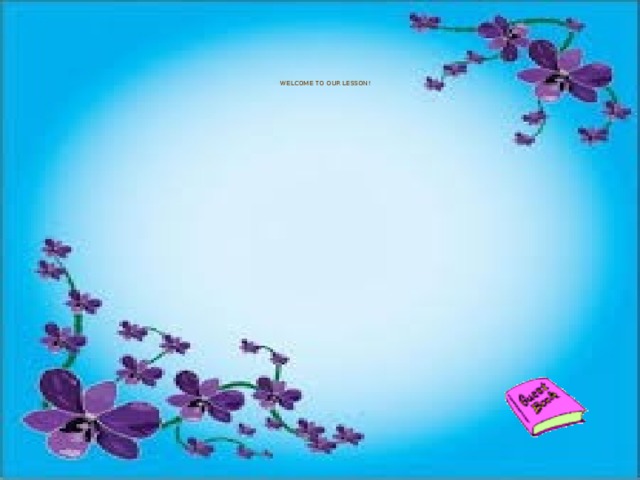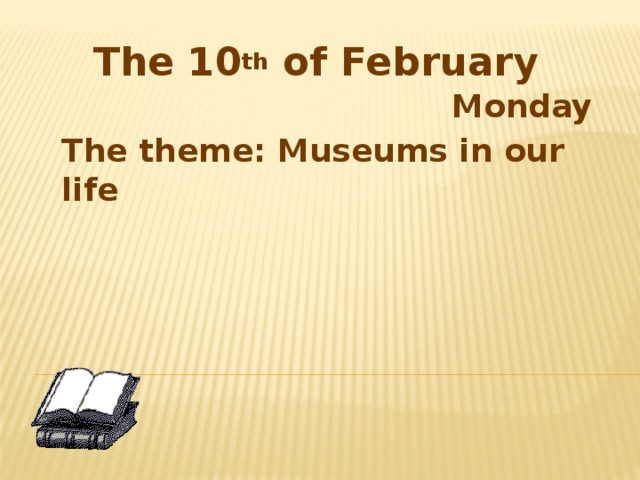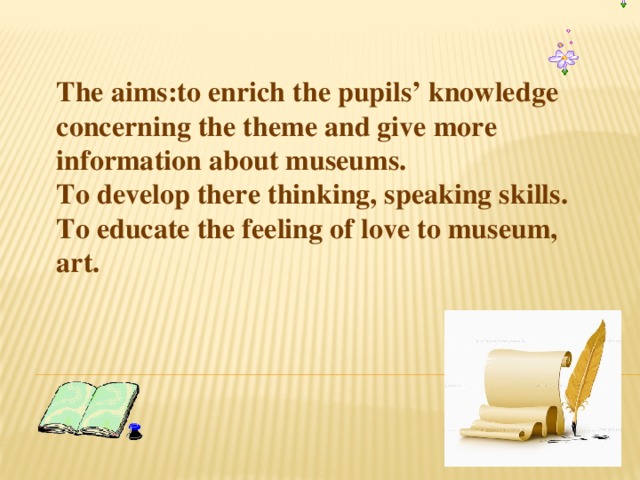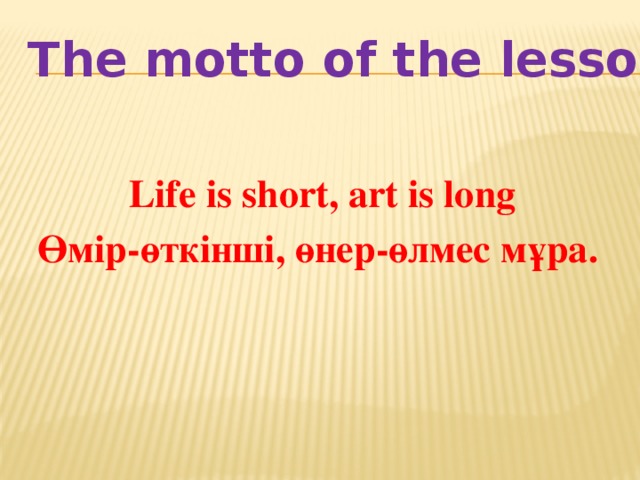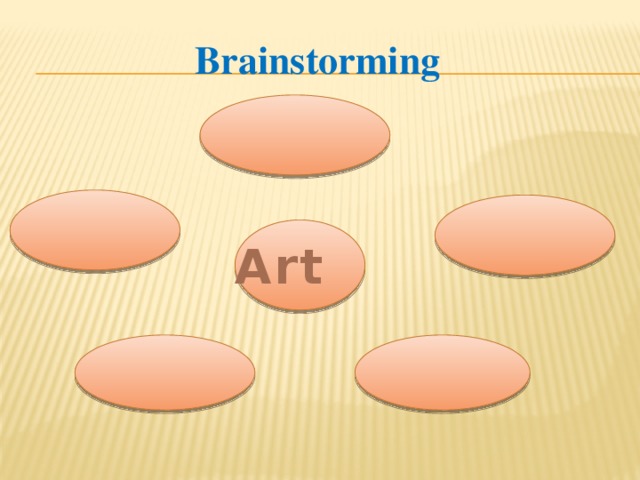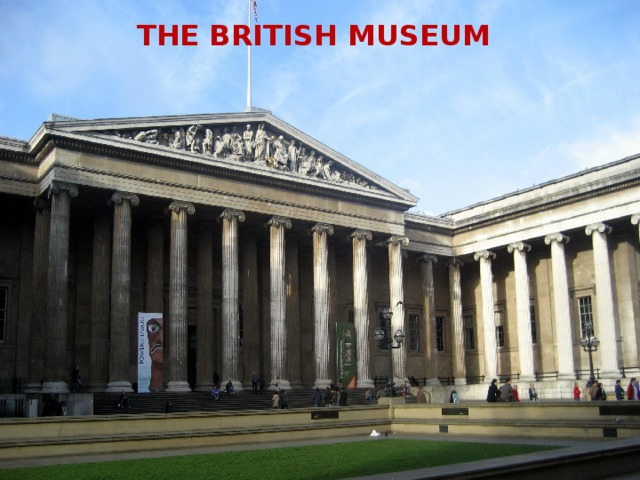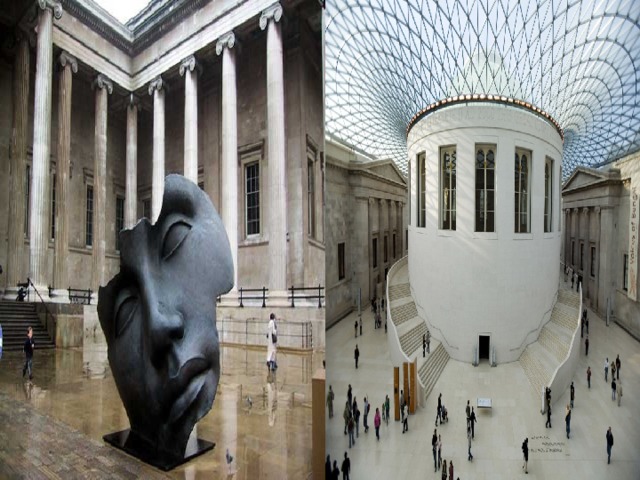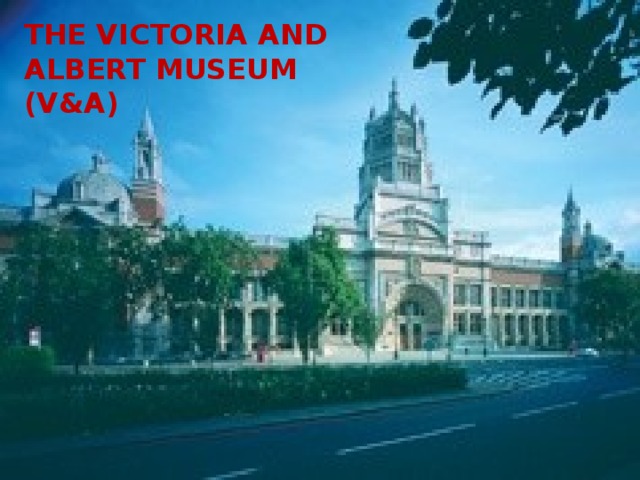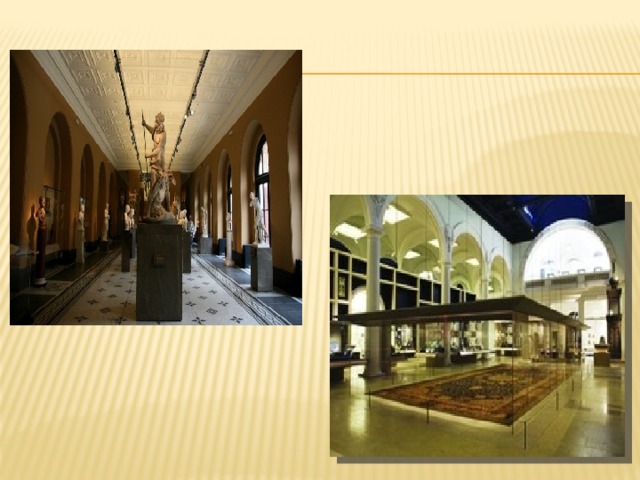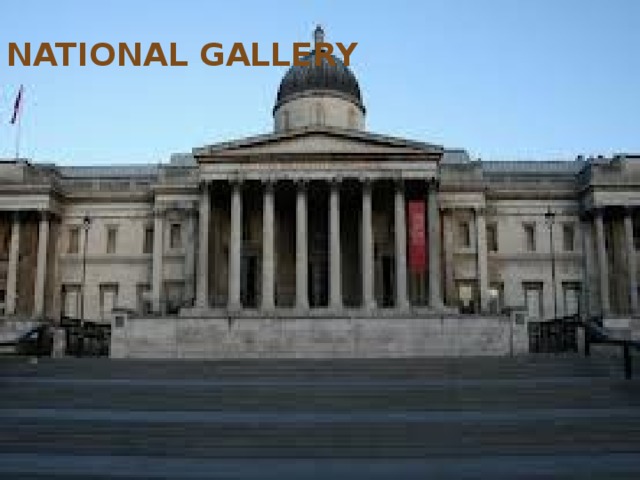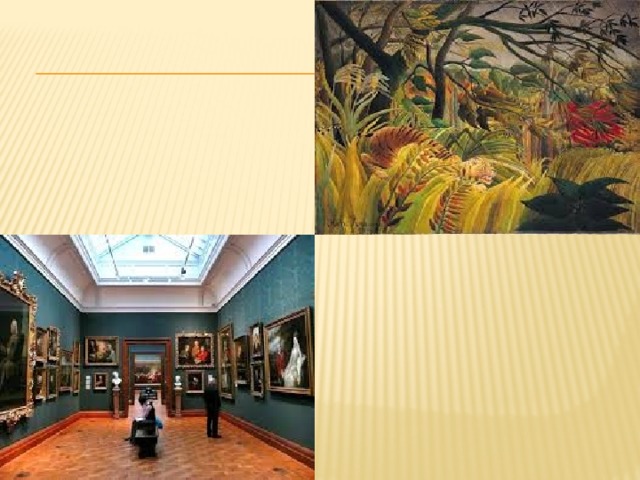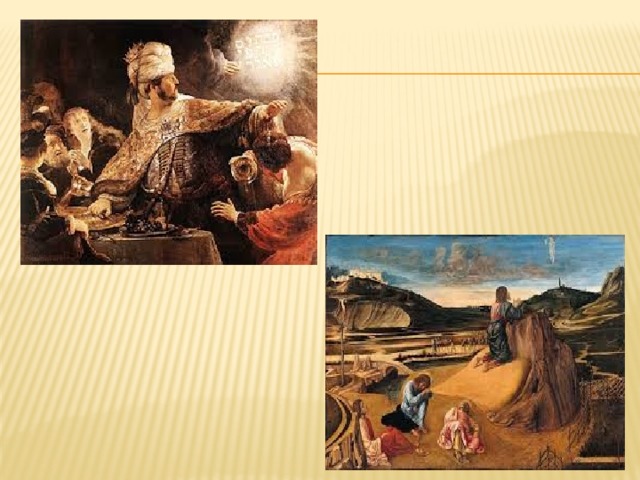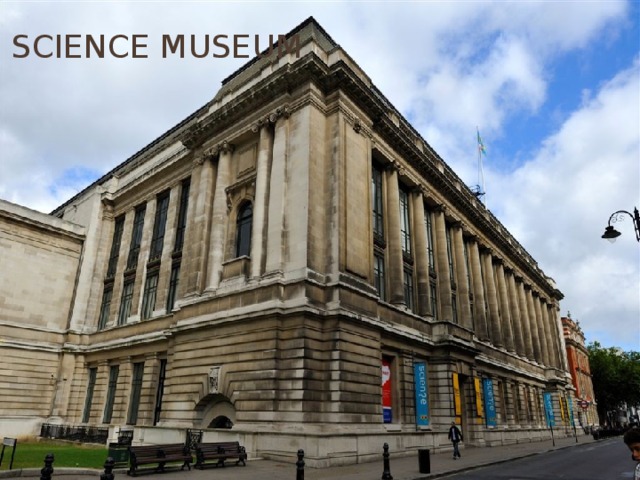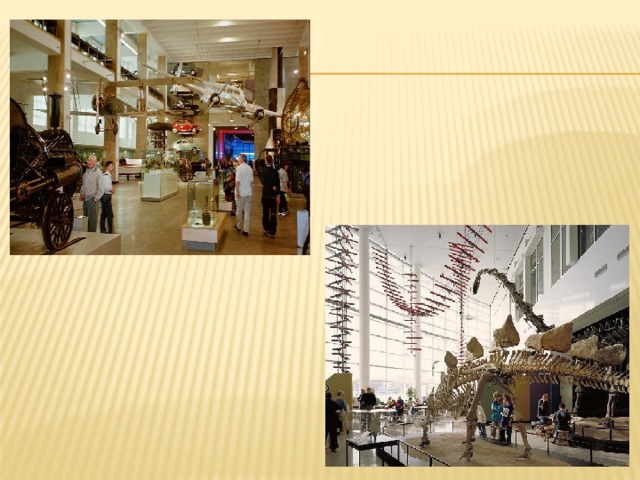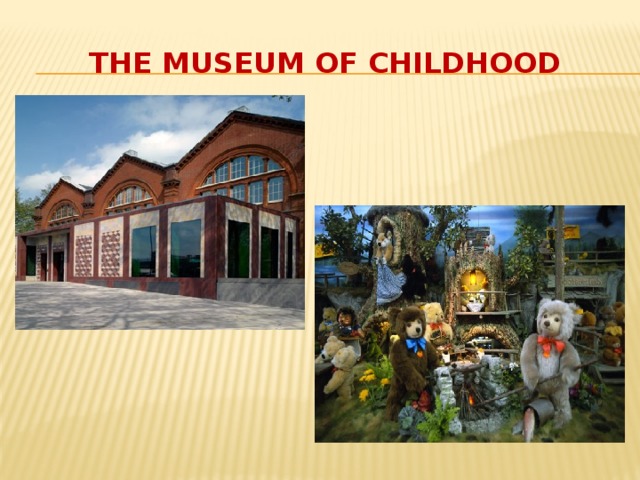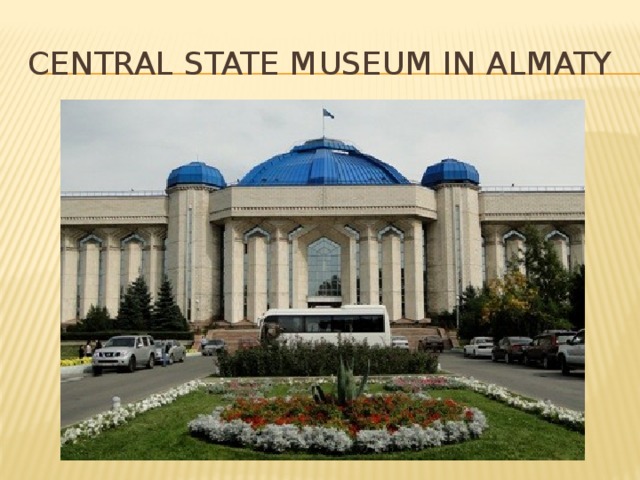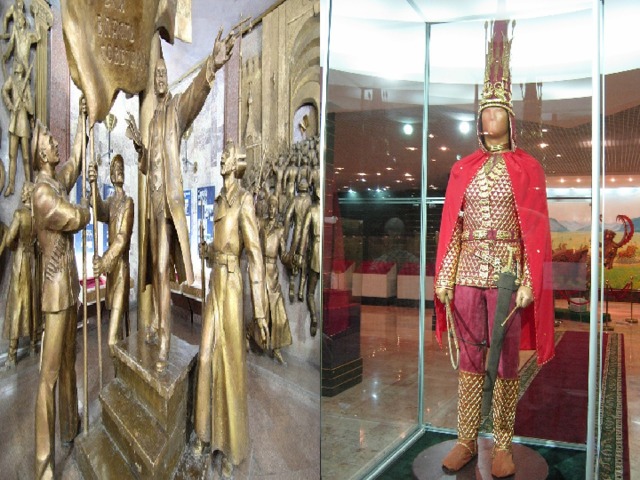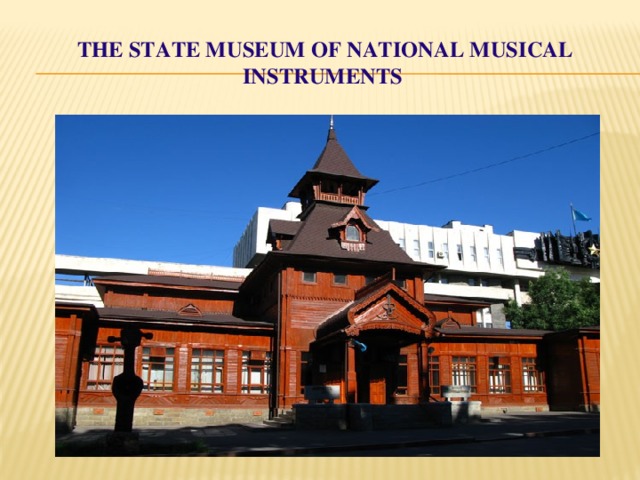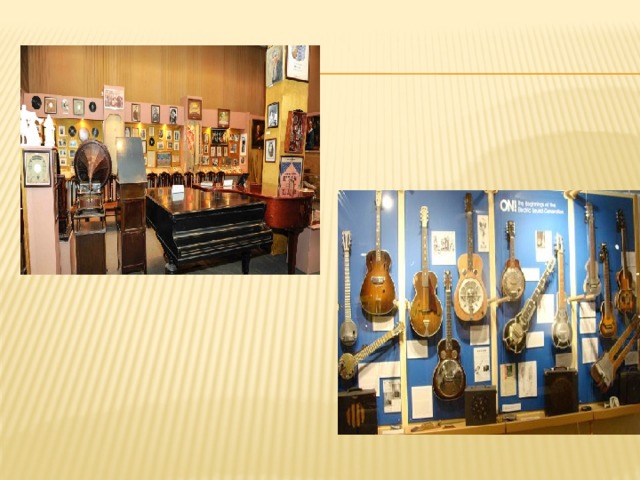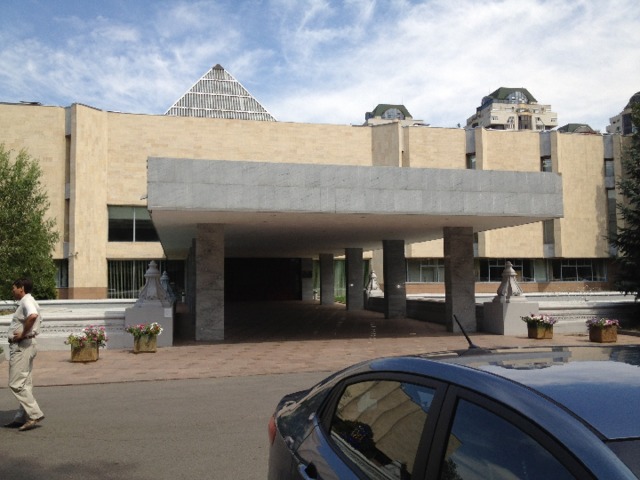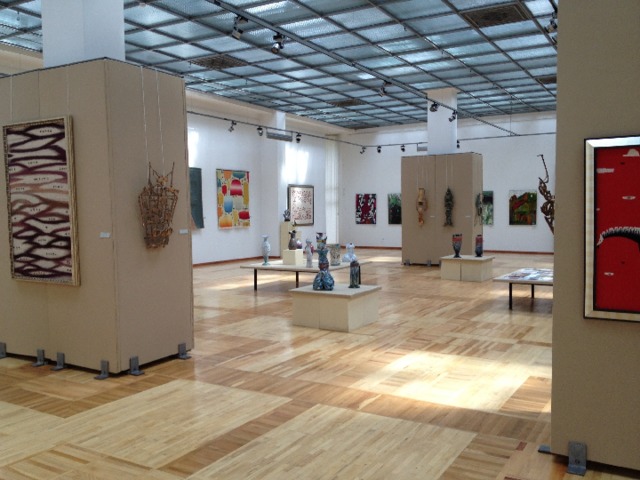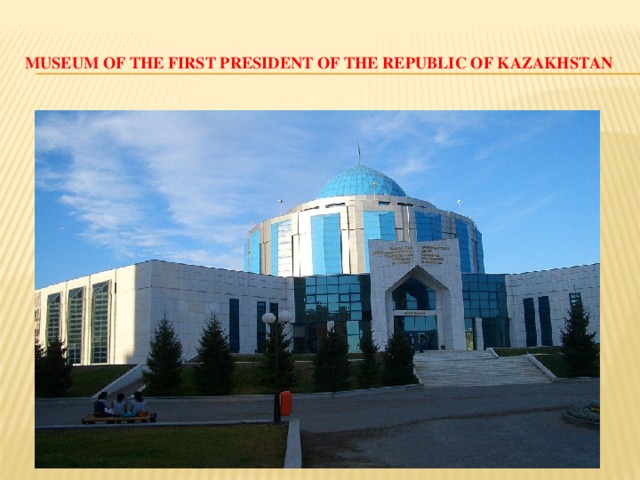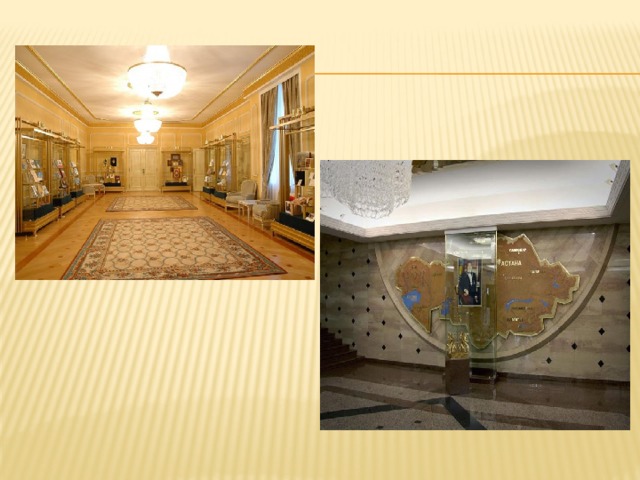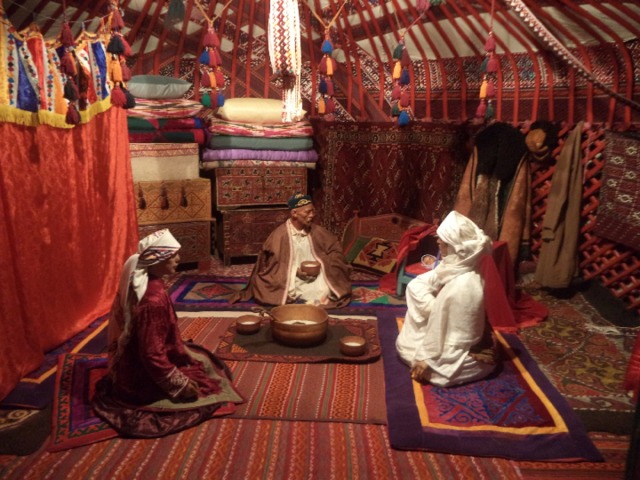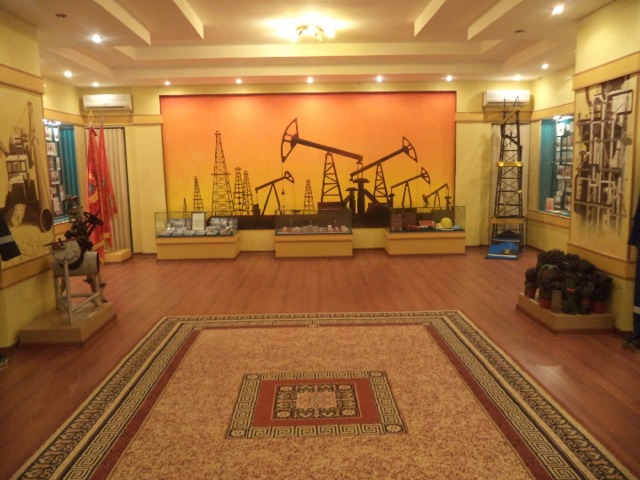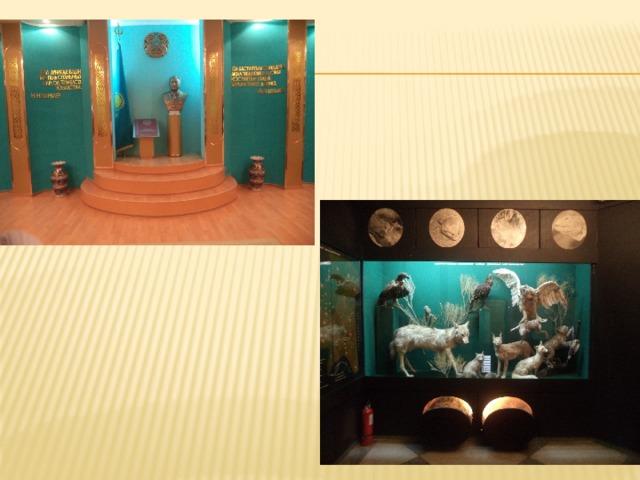The aims: Educational. Speaking about museums and galleries in our life . To teach expressing the opinion and to give more information about museums and galleries.
Developing. To develop students skills and habits in speech. To develop communicative skills.
To bring up students to respect our country and the country , the culture of the people whose language they learn.
Visual aids: Active board, video, CD room
Type of the lesson: Final
I. Organization moment
Good afternoon boys and girls and dear our guests! I’m very glad to see you happy and healthy at our lesson. You are welcome! Today we have an unusual final lesson. Our lesson will be very interesting and useful. Because we’ll give you more information about museums in our life.
II. Brainstorming
O’K students , let’s start our lesson. The motto of the lesson is “Life is short, art is long” . Look at the blackboard. You can see the word «Art». Art gives people the ideas that life could be more beautiful, bigger and better. In the 21 century everyone can enjoy art. Art is everywhere. What kind of art do you prefer? What do you think of when you hear the word «Art» (music, sport, sculture, design, painting , drawing, dancing)



 Art
Art
IV. Museums in our life
OK, let’s begin to speak about museums in our life. First we’ll speak about museums of London.
British Museum
One of the largest museums in Great Britain is the British Museum, which is the best known national museum of antiquities and ethnography. It is situated in London. . The British Museum is a huge beautiful building with a high round reading hall in it.
It is famous for its greatest library. The library has more than six million books that occupy more than 80 miles of shelves.). Here you can find everything you want: English Chronicles, autographs of great writers, Greek and Latin manuscripts, books and magazines from all parts of the world. . There are also lots of other memorials in the museum: the Hall of Mummies, the Ethnography Department, the Arts of Par East and so on. There are always many visitors from all countries in the British Museum.
Victoria & Albert Museum
The Victoria and Albert Museum (V&A) is the world's greatest museum of art and design, with collections unrivalled in their scope and diversity.
Discover sparkling jewellery, stunning sculpture, beautiful paintings and breathtaking fashion on display in superb galleries housing objects from all over the world.
These range from architecture, design, conservation, fashion, ceramics, furniture, various periods and styles are aimed at people of all ages.
National Gallery
Science Museum
Childhood Museum
The Museum of Childhood, opened in 1955, was the dream of a local councillor, Patrick Murray. It is a unique treasure house dedicated to children and crammed full of memories of childhood past and present and spread over five floors. Many of the galleries display toys and games galore from all around the world, ranging from dolls and teddy bears to train sets and tricycles. In the galleries you can listen to children chanting multiplication tables in the 1930s schoolroom, and watch the street games played by Edinburgh children filmed in 1951. These spectacular exhibitions show how children were brought up, dressed and educated in decades gone by.
V. Museums in Kazakhstan
1. Central State Museum
2. The state Museum of national Musical Instruments
The state Museum of National Musical Instruments was created in 1880. It is one of the cultural centre of The Southern Capital. Kazakh musical instruments have been collected in the Museum from all the regions of Kazakhstan as well as from the CIS countries and other parts of the world. The collection includes personal dombras of poets, zhyrau and composers, such as: Abai, Zhambyl, Makhambet, Amre, Dina and other figures of the musical arts. The Museum is located in a traditional Russian wooden building, dating to 1907.
3.State Book Museum
4.Kasteev’s Museum of Art
5.First President Museum
The Museum of the First President of the Republic of Kazakhstan - is the museum of the newest history of Kazakhstan. It is created by the Decree of the Presidents on August 28, 2004. The first visitors came to the museum on March 2005.
A basic idea, which is reflected in its expositions – is the formation of the national sovereignty of the republic and the historical role of the First President N.A. Nazarbayev in the building of the independent democratic state.
Nowadays the fund of the Museum of the First President of RK has more than 123 000 units of storage, including more than 16 000 books and printed publications of the Private library of the Head of the state, about 100 000 units of storage of the Private archive of the Head of the state and more than 8 000 units of storage of the museum collection.
There are held the survey and thematic excursions in Kazakh, Russian and English languages
The Museum has Council of pedagogues, which works according to the program "Pages of history". There works the experimental platform for certification of teachers of history of Astana.
A great interest had the exhibitions «Ұлы тұлғалар бесігі» (from museum funds of Semei city of the East Kazakhstan region), «Сказания Великой степи» (from museum funds of Pavlodar region), «На перекрестках Истории» (from museum funds of the North Kazakhstan region), «Ақтөбе: ғасырлар биігіне көз салғанда»... (from museum funds of Aktyubinsk region), «Колыбель национальных культур» (from museum funds of Kostanay region), «Тоқсан жолдың торабында тоғысқан» (from museum funds of Mangistau area), etc.
Today the Museum of the First President of the Republic of Kazakhstan recommended itself as the authoritative scientific research, educational and cultural centre, which became one of the sights of the capital of our country.
6.Historico-regional museum of Aktau
VI. Historico-regional museum of Aktau
Historico-regional museum of Aktau is situated in the centre of the city. It’s rich in several types of exhibitions such as ancient historical, cultural geographical, industrial, natural, political, traditional and national resores and so on.
If we speak about historical and traditional materials we can imagine aicient sculture and Kazakh nations handmade art including Kazakh national kuiz ui , clothes, ancient Kazakh lifes.
And also you can find some Kazakh modern art and our first President’s exhibitions, Kazakh lands, natural rich resourses, Kazakhstan and and Mangistau regions inhabited animals, fishes and so on.
VII. Watching Video
«British Museum»
VIII. Grammar Revision should/shouldn’t
We use should/shouldn’t to give advise and say what we think is good and right.
Ex. 1 CDroom(Hot spot 3)
IX. Conclusion. Marks.




